The shaping of Augusta National
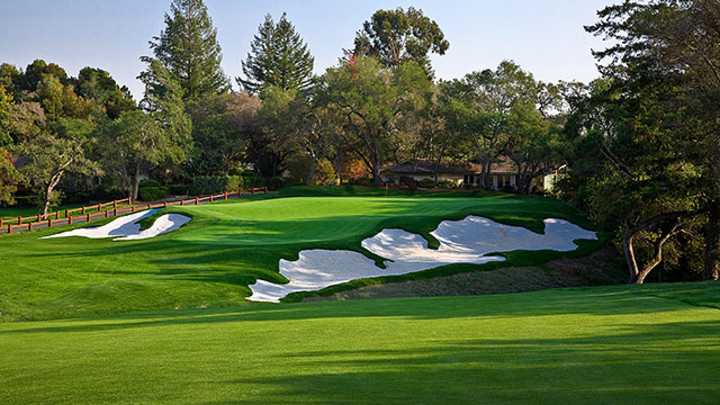
The property that became the Augusta National Golf Club was one of a kind. A former commercial nursery, replete with natural streams, impressive elevation changes and a kaleidoscope of colorful trees, shrubs and flowers, the tract was primed to be plotted with wildly original golf holes. For the most part, that’s precisely what co-designers Alister MacKenzie and Bobby Jones did.
Undeniably, however, they had help. There were certain courses, holes and green sites on both sides of the pond that subtly or directly guided the architects in their Georgia creation.
Here is a look at eight courses that helped influence the making of Augusta National, which hosts the Masters this week.
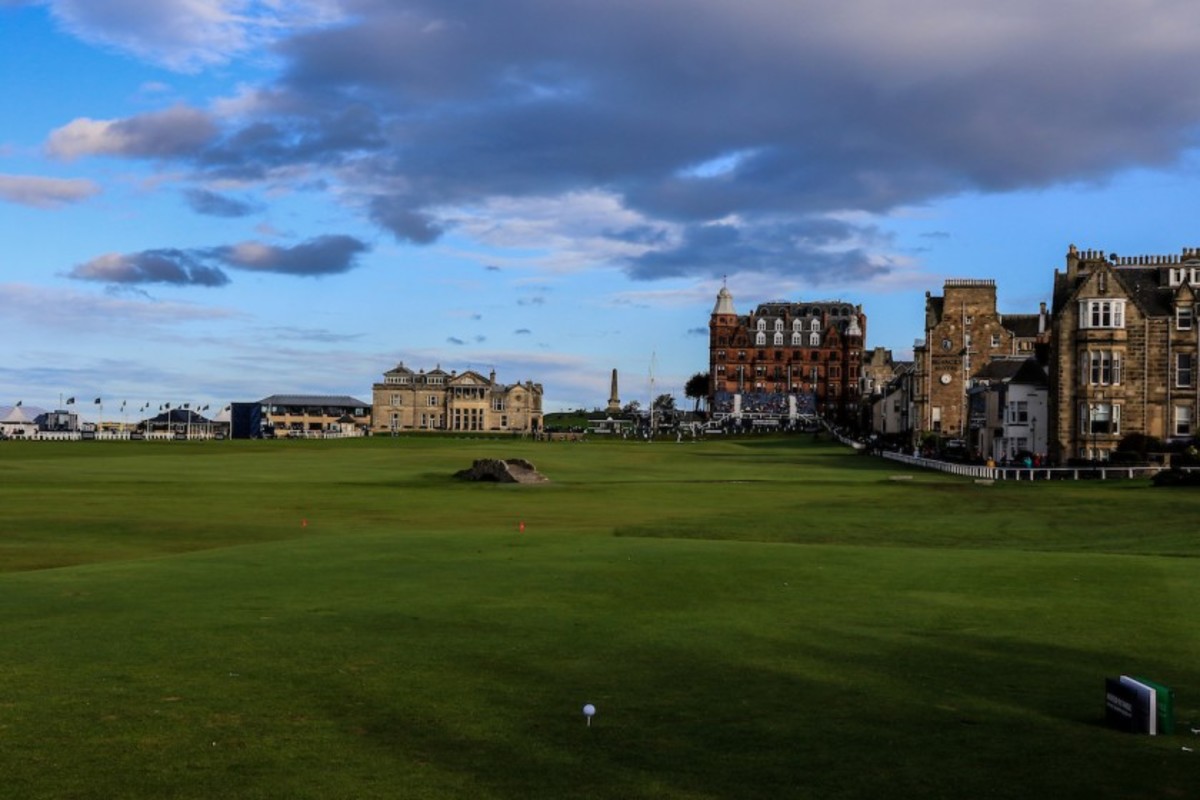
St. Andrews (Old Course) | Scotland
It was a mutual love for the Old Course at St. Andrews in Scotland that forged the bond between MacKenzie and Jones.
In the early 1930s, MacKenzie wrote, “I doubt if even in a hundred years’ time a course will be made which has such interesting strategic problems and which creates such enduring and increasing pleasurable excitement and varied shots. … St. Andrews is a standing example of the possibility of making a course which is pleasurable to all classes of golfers, not only to the thirty handicap players but to the plus fourteen man, if there ever was or will be such a person.”
Those sentiments were exactly what Jones wanted for his dream course, Augusta National.
A disastrous encounter with the Old Course at the 1921 British Open soured Jones on St. Andrews. His opinion changed dramatically in subsequent visits. Eventually, the Old Course emerged as his personal favorite.
In 1958, Jones told the Saturday Evening Post, “Of all the courses I’ve played tournaments on, if I had to be sentenced to play only one course for the rest of my life, it would be St. Andrews in Scotland.” It’s little wonder that between Jones and MacKenzie, so many holes at Augusta National took their inspiration from features and holes at the Old Course.
No fewer than six original holes at Augusta National could be traced to St. Andrews. In a 1932 The American Golfer story, MacKenzie wrote that the green at the par-4 third hole “is situated on an interesting natural plateau,” which Jones compared to “that perilous little plateau green on the 12th at St. Andrews.”
Of Augusta’s par-3 fourth, MacKenzie observed, “This is a very similar hole to the famous eleventh (Eden) at St. Andrews.” Of the fifth hole, MacKenzie stated, “This will be a similar type of hole to the famous seventeenth, the Road Hole at St. Andrews. A group of trees forms a corner of the dogleg instead of the station master’s garden and the green itself will be situated on a similar plateau to its prototype.”
The par-4 seventh hole, noted MacKenzie, “is similar to the eighteenth hole at St. Andrews.” Originally conceived as requiring a run-up shot, the drivable hole was deemed too easy, and Perry Maxwell designed a new green higher up on the slope in 1938.
Of Augusta National’s par-4 14th MacKenzie wrote, “This hole embodies some of the features of the sixth hole at St. Andrews.” And of the par-4 17th, he remarked, “the construction of this green is somewhat similar to the famous fourteenth at St. Andrews (reversed).”
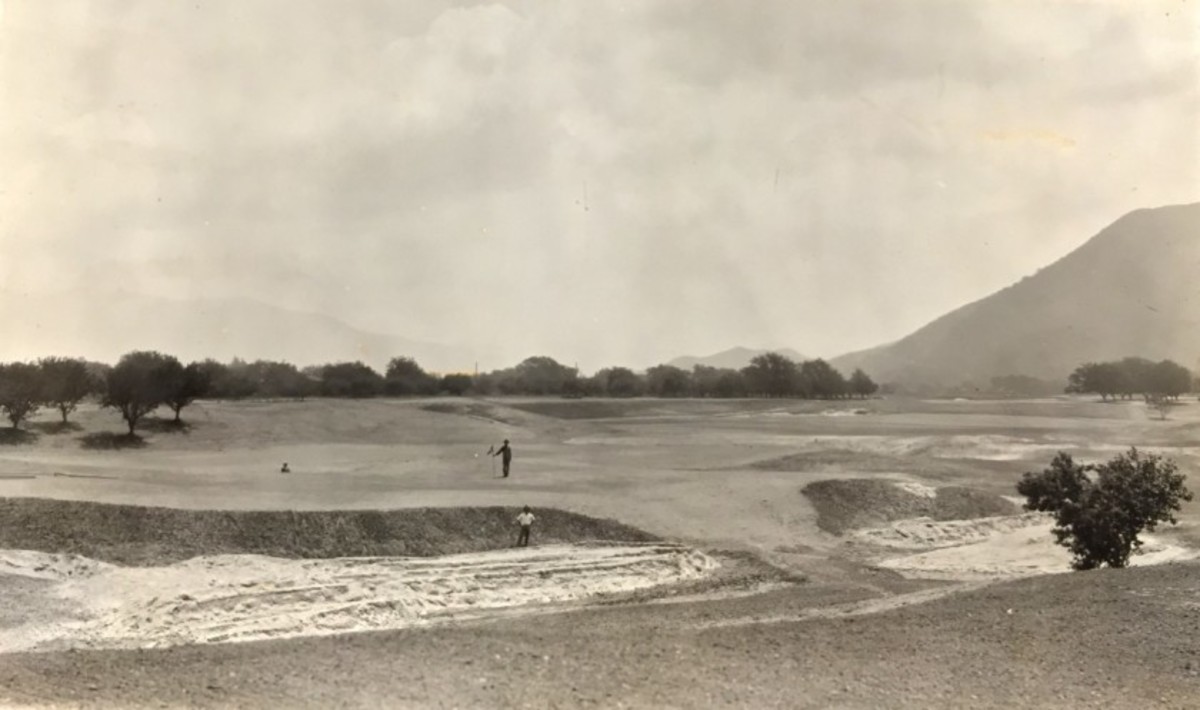
Lakeside Golf Club | Hollywood, Calif.
The longtime home course for Bob Hope, among many other celebrities, Lakeside Golf Club's 1924 Max Behr design captivated both MacKenzie and Jones. Also a huge fan of St. Andrews, Behr installed a minimum of formal bunkers into the layout, and those he placed were strategic, rather than penal. He eschewed the use of rough. Instead, he advanced the notion that the property’s bold contouring would supply the bulk of the challenge, precisely the ideology that MacKenzie and Jones embraced when they later designed Augusta National.
Jones played the course on many occasions, including multiple trips in 1931, while in Hollywood filming his "How I Play Golf" series for Warner Brothers. MacKenzie gushed about Behr and Lakeside in his book, The Spirit of St. Andrews, concluding, “In a word, Lakeside is one of the world’s great courses.”

Cypress Point Club | Pebble Beach, Calif.
Pasatiempo Golf Club | Santa Cruz, Calif.
While Donald Ross may have been a prohibitive favorite to win the Augusta National commission, Jones had other ideas.
Jones was already in possession MacKenzie’s 1920 book, Golf Architecture, and an Old Course survey map that the R&A had commissioned from MacKenzie. Then, in 1929, while in Northern California for the U.S. Amateur at Pebble Beach Golf Links, Jones had the opportunity to play the year-old Cypress Point Club and the brand new Pasatiempo.
So taken was Jones with these MacKenzie designs — their variety, natural beauty and strategic values for all classes of golfers — that Jones inevitably, when the time was right, would pick MacKenzie as his Augusta National collaborator.
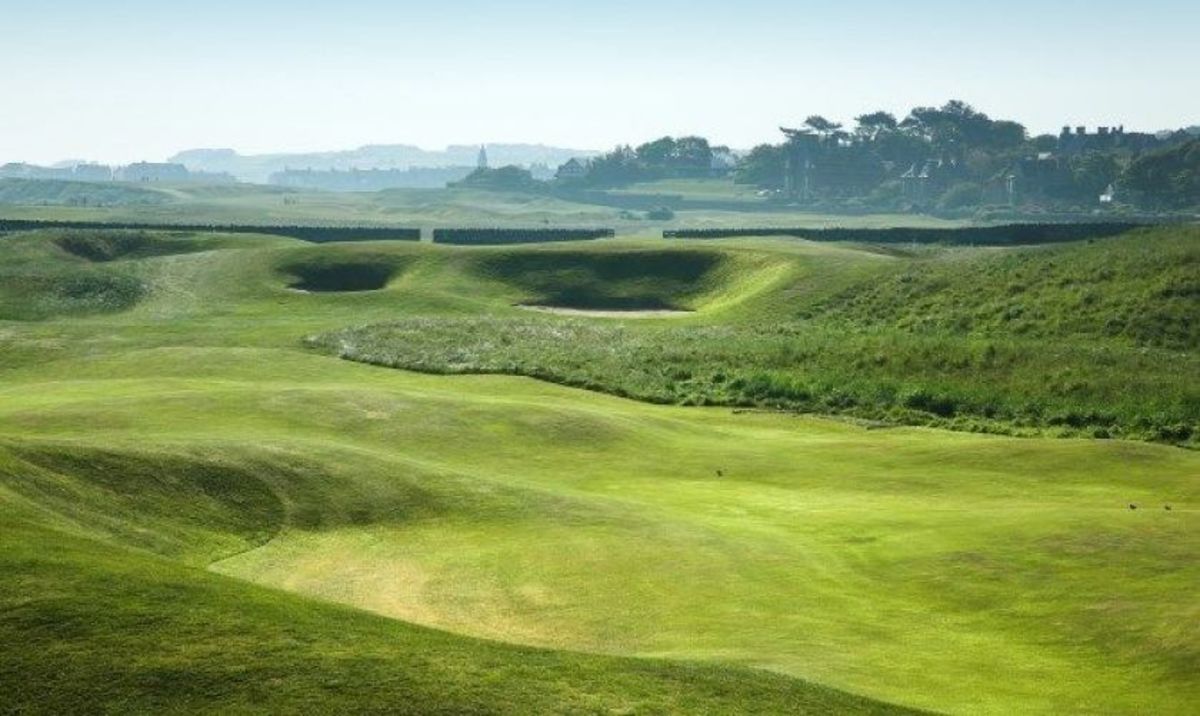
North Berwick (West Links) | Scotland
Perhaps the quirkiest of all the great Scottish seaside links, North Berwick serves up memorable, if not textbook, holes in abundance. Its par-3 15th Redan hole has influenced architects for more than a century.
“The Redan at North Berwick is another fine hole which has been copied almost as often as the Eden [the 11th] at St. Andrews,” wrote MacKenzie. “The original hole can hardly be considered perfect, as it is too blind and there are too many bunkers which have no meaning, but the ideas give the architect great opportunities of making interesting holes.”
MacKenzie’s mixed review of Redan didn’t prevent him from employing a version of it at Augusta, in the form of the par-3 sixth.
“This is similar to the Redan hole at North Berwick,” wrote MacKenzie in 1932, “but here, owing to its extreme visibility, lay of the land, and beauty of the surroundings, we have no doubt that we will be able to construct a much more attractive hole than the original Redan.”
Stoke Park | England
One of the most commonly perpetuated myths about Augusta National is that its fabled par-3 12th hole was modeled after the par-3 seventh hole at Stoke Park, in suburban London. In reality, it was Augusta’s par-3 16th hole that paid homage to Stoke’s seventh and even that comes with an asterisk.
MacKenzie’s one-time partner, H.S. Colt, crafted Stoke Park (then known as Stoke Poges) in 1908. While a fine course, it’s better known for its palatial clubhouse and grounds, and for serving as the fictional Royal St. Marks in the James Bond movie, Goldfinger.
Said MacKenzie of Augusta’s 16th, “This hole, over a stream, is somewhat similar to the best hole (seventh) at Stoke Poges, England. It will probably be a better hole than the one at Stoke Poges as the green will be more visible and the background more attractive.”
Perhaps that was the case with Augusta National’s original 16th, but that hole lasted just 15 years. Considered too easy for Masters competitors and too similar to the superior 12th hole, MacKenzie’s version was replaced by a new hole from Robert Trent Jones Sr. in 1947.
Muirfield | Scotland
A 16-time British Open venue, Muirfield serves up an array of marvelous holes, including three superb par-5s. MacKenzie and Jones chose the 17th, with its narrow green set into the dunes, as inspiration at Augusta’s par-5 eighth.
“A three-shot hole up hill,” wrote MacKenzie of Augusta National’s eighth in 1932. “The green is in a punch bowl surrounded by large hillocks nine to twelve feet high. It is completely visible for the third shot and a player who is sufficiently long to get up in two, will be able to define the position of the green owing to the size of the surrounding hillock. It may be compared to the seventeenth green at Muirfield.”
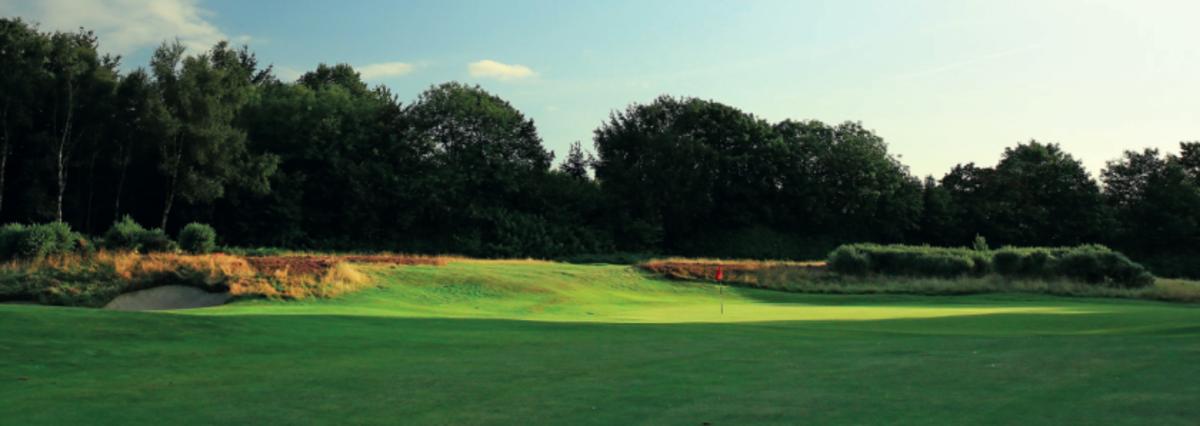
The Alwoodley Golf Club | England
Augusta National’s original 10th hole played 50 to 60 yards shorter than today’s version, with the green set down in a hollow next to the gigantic sprawling bunker that’s seldom in play these days. In every era, however, the hole called Camellia is renowned for its precipitous tee-to-green drop and unquestionable natural beauty.
In MacKenzie’s 1932 view, “This hole embodies the most attractive features of the 13th hole at Cypress Point, California, and the fourth at Alwoodley, one of the best of the British inland links.”
Alwoodley was MacKenzie’s very first design, in 1907, and served as his home club in his hometown of Leeds. The fourth hole, then as now, was attractively sited and featured a downslope that would help run a ball up close and onto a green, traits it shared with Augusta’s original 10th.
Sign up to receive the Morning Read newsletter, along with Where To Golf Next and The Equipment Insider.
